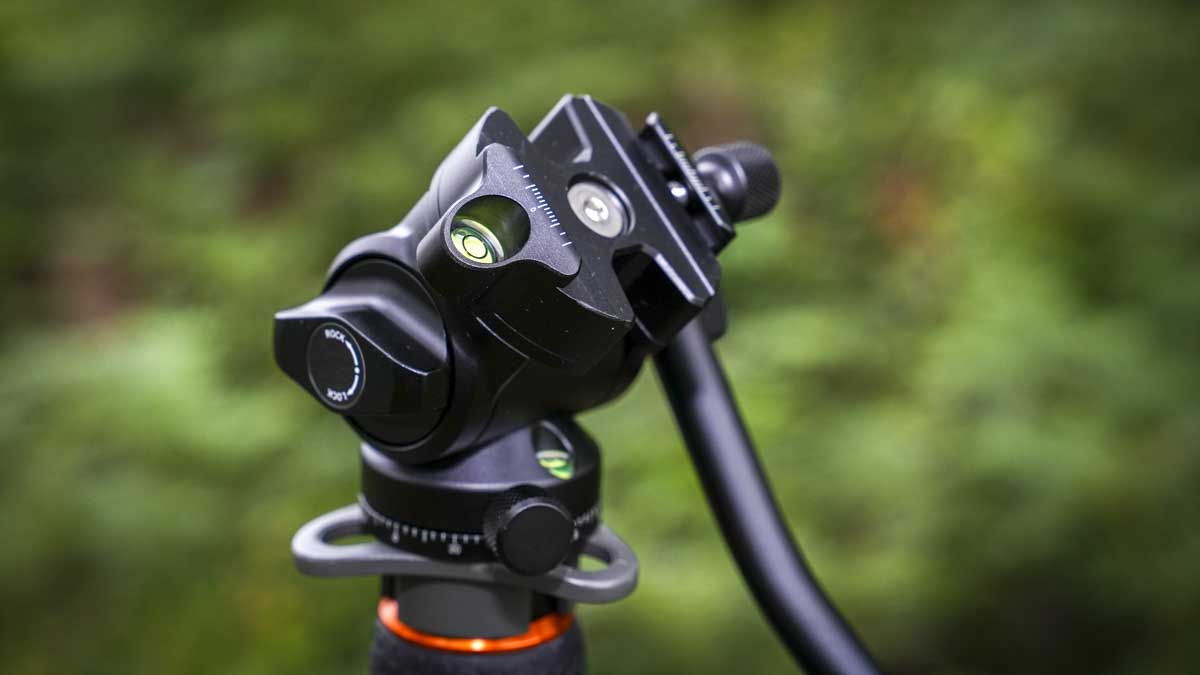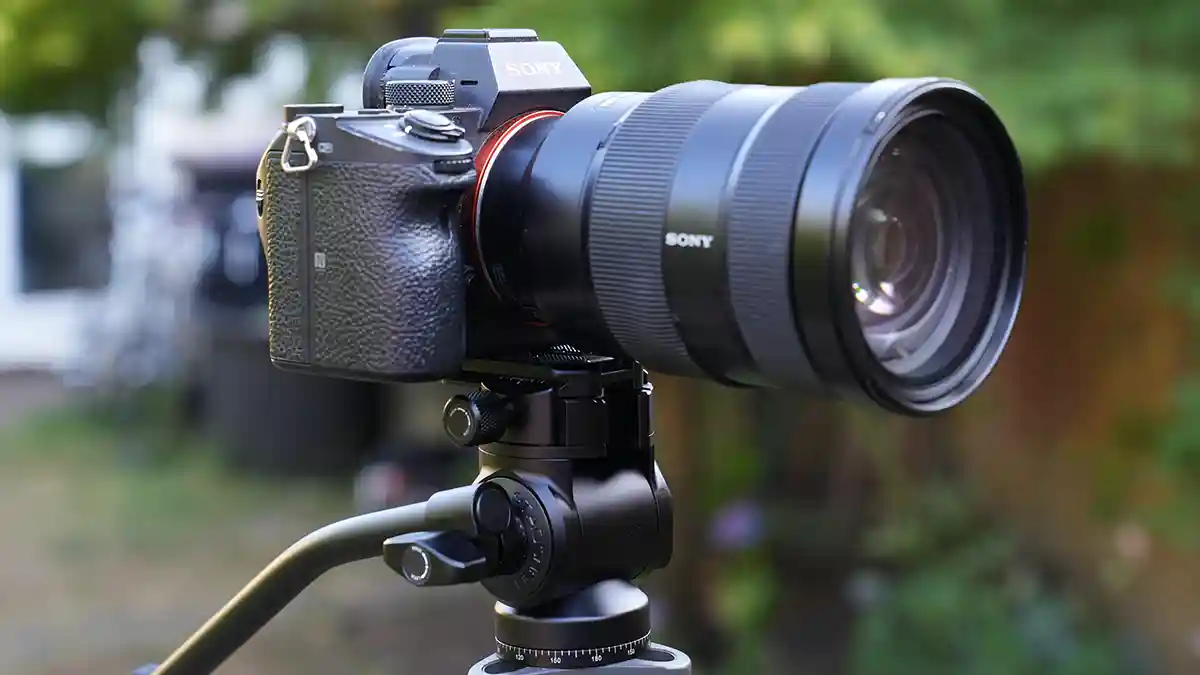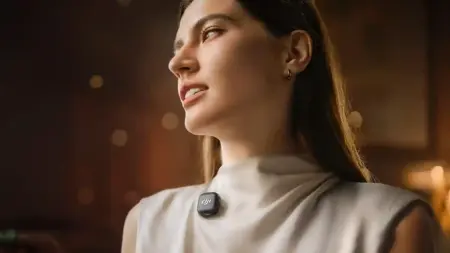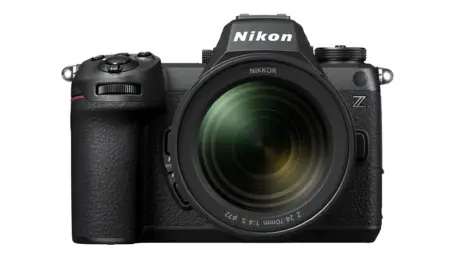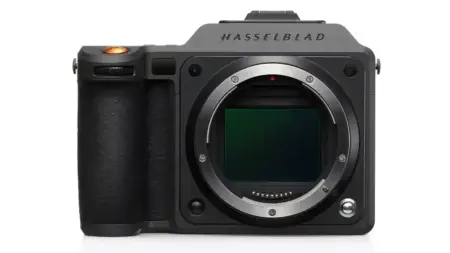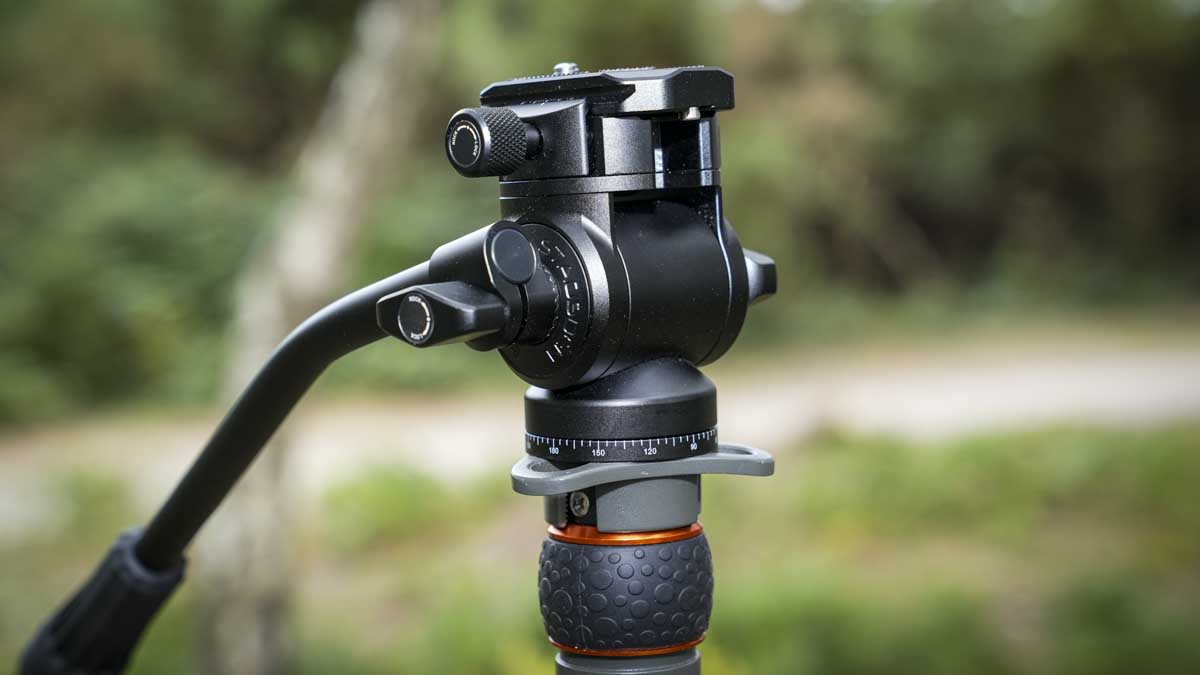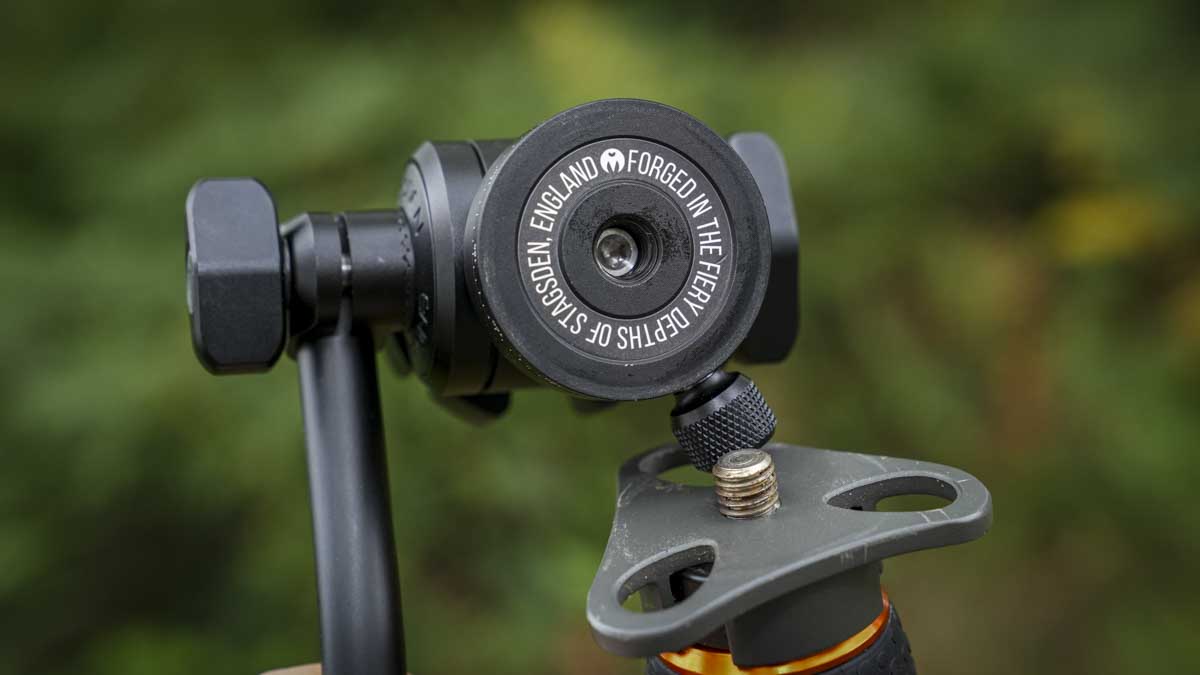I’ve been shooting video for over 30 years, going from 8 to 16 to 35mm, onto all the digital formats, through to shooting with mirrorless cameras today. Essentially, shooting video has never been so easy, but the odd thing is that while I’ve upgraded my kit in order to shoot with the latest mirrorless cameras, it’s now been two years without an FS7 or similar shoulder camera. For one reason or another, I’ve mainly stuck with the video tripod and lighting that I’ve used for years.
The issue here is that whilst I like my video tripod and the head I’ve combined it with, it’s now probably well over a decade old. It is large, cumbersome, and really, in the grand scheme of things, well beyond what I need on an average day.
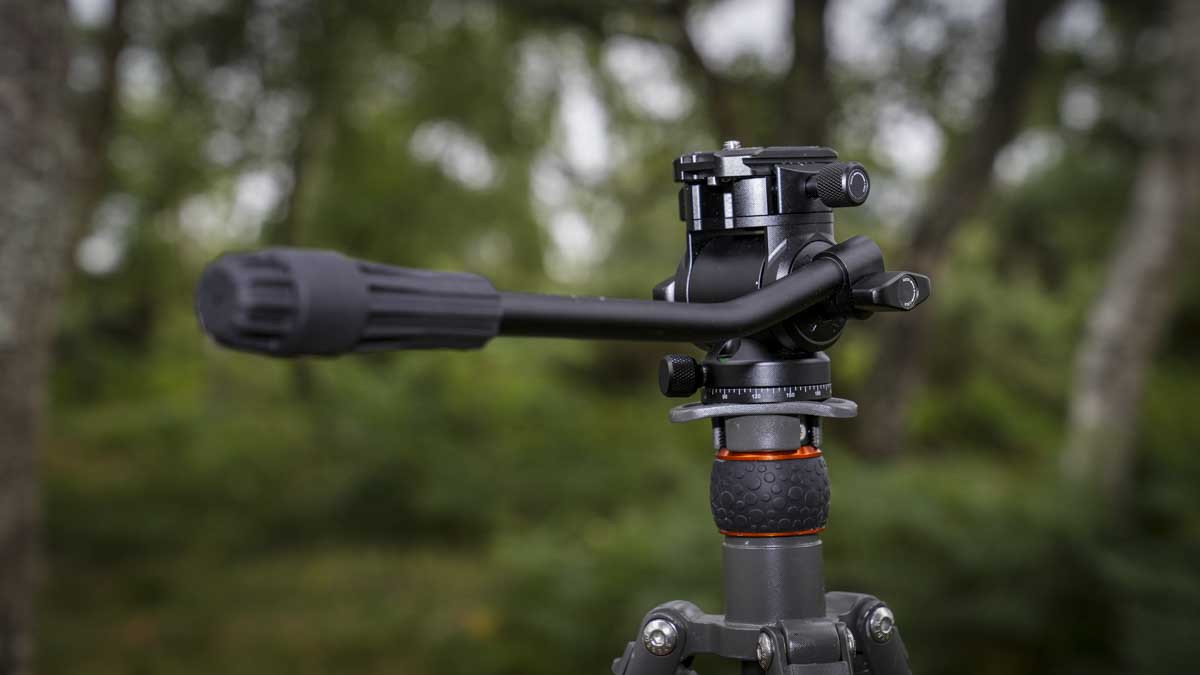
If I’m out shooting video for camera jobs or other smaller projects, then there’s no reason to lug out my old and weighty video tripod to mount a relatively small, lightweight camera. So often these days, I resort to just using the 3 Legged Thing Billy. It’s a nice, lightweight tripod that does what I need it to do when I’m shooting on my own.
However, using a simple ball head for shooting video is never ideal, and however much you try, getting panning or tilt shots is almost impossible—at least decent ones. To have a video tripod with a step up from the Trinity, which is just a little bit too lightweight for everyday use, is where the Vision steps in.
Very quickly mounted to the 3 Legged Thing Billy—which I know is a very lightweight tripod—it all just felt very good and natural. The whole support kit is nice and lightweight and packed to the side of my backpack without adding too much bulk or weight. When I arrived at the location, the fact that I could realistically shoot in both horizontal and vertical format by just flipping the camera round was a huge advantage. Although I often crop into the image to get my portrait footage, it was nice to have the option to flip the camera and shoot it natively.
What really impressed me was the smoothness of the pan and tilt motion. The CNC workmanship really does pay off, and compared with older manufacturing techniques, you just can’t get better than the precision of CNC components. Likewise, the use of high-quality aluminium alloy gives it all a really good, high-quality feel. What I really like is that unlike some other heads, the feeling of precision over the locking and release of all of the knobs was just spot on, and I really liked the ergonomics of all the knobs, each well-designed.
The other thing I liked whilst using it was the fact that the Darkness colour scheme is so minimalistic. While it might not be as aesthetically pleasing as the Lava or even Moss version, it does mean you’ve got fewer issues with reflections. So, when shooting cars, you don’t have to worry too much about orange reflecting off a windscreen, or likewise, if you’re shooting in a high street or inside a building, then you don’t have to worry about bright orange accidentally reflecting off something within the scene.
Another thing I liked was just how minimalistic the head is, yet it packs in all those features you need. So firstly, as mentioned before, all the locking nuts are really nice and precise. Then you’ve got the two bubble levels, which give you plenty of options, firstly for levelling out the legs to make sure they’re square to the ground, then the tilt level on top of the head, which allows you to make sure that once you’ve done a tilt or pan, the camera is back and absolutely spot on level.
As video tripod heads go, this is the smallest and lightest-weight professional-level head that I’ve come across. Okay, it’s not overly cheap at £150, but when you compare this with the price of pro-level heads, it is far cheaper. And although it’s not designed to take the large bulky weight cameras that those larger heads are meant to hold, it is designed to take the latest mirrorless cameras that most of us use. For that purpose, it is absolutely perfect.
